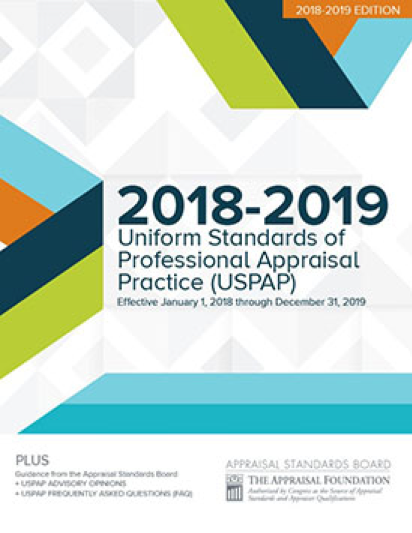Branding is everything these days, and lately I’ve been wondering if I should change the name of my business from Reagan Upshaw Fine Art to Reagan Upshaw Appraisals and Fine Art. It’s not that I don’t have fine works of art to sell – I do. But appraising art has been the meat and potatoes of my business since I began to deal privately six years ago, and some of my clients for art don’t realize just how many appraisals I do.
Like most of the bare necessities of life – food, housing, et cetera – appraisals aren’t inherently glamorous, but as long as people die, get divorced, or owe taxes, appraisers will be needed. And many people have no clue about what goes into calculating a value for a piece of stained canvas or a piece of hacked-at stone.
Things used to be very informal when it came to appraisals. Fifty years ago, a brief letter saying simply, “One painting by Joe Smith, value $200” was considered OK. Some of the old-timers have even told me of having a pad of forms – they just filled in the details of the piece, entered their valuation, then signed at the bottom of the list, and that was that.
The Savings & Loan debacle of the 1980’s, caused in part by grossly inflated valuations put on real property had an effect on all appraisals. The Appraisal Foundation, a not-for-profit private foundation, was authorized by Congress as the source of appraisal standards and appraiser qualifications. The Appraisal Foundation put together what has become the Bible of appraisers, The Uniform Standards of Professional Appraisal Practice (generally referred to as “use-papp”), a thick book of about 350 pages with which appraisers are expected to become familiar. Among other things, it details the items of a correctly-prepared appraisal.

The standards are constantly evolving to keep pace with changes in the market, and the Appraisal Foundation updates the volume every two years. All members of the Appraisers Association of America, to which I belong, are required to take a 15-hour initial course and pass a test about USPAP, and we are also required to undergo refresher training every two years to familiarize ourselves with new changes to the standards.
But there’s more to being a good appraiser than simply having a knowledge of appraisal standards. Appraising is not a science, much as we might like it to be. It’s an art. You have, say, two paintings of the same size by Robert Henri.


Which one of these is more desirable and will, therefore, have a higher valuation? Is a girl more desirable than a boy? What about the cuteness of the boy’s expression? How about the boy’s hand, just barely brushed in — will that put off some buyers? The background of the girl’s painting is brighter, and her dress is more colorful than the boy’s jacket. Does that make her more appealing? How do all these factors compare with other Henri paintings and the results they achieved at auction? Things like these have to be considered when I am building my case.
“Case” is an appropriate term, for I am in effect arguing before a jury, attempting to prove that my valuation is appropriate. The “jury” for works under a valuation of $50,000 is composed of IRS staff members reviewing the tax deduction being claimed on the tax return being filed by my client. For works with a valuation of over $50,000, the appraisal is also submitted for review to the Art Advisory Panel of the IRS, a group of professionals in the field. I know several of its members, and I know that they have years of combined experience and that they take a dim view of tricks such as cherry-picking a few of the highest auction results. If I don’t make a solid case, my appraisal could be challenged by the IRS, so I work hard to get my client a valuation that will allow him or her the maximum deduction and still be defendable in court.
A professional appraisal, as I have said, is an art, a combination of number-crunching, intuition, an eye for artistic detail, a knowledge of art history, and the ability to set forth the appraiser’s conclusions in a cogent and convincing fashion. I think I do it well. Are you giving something to a museum? Let’s talk.

